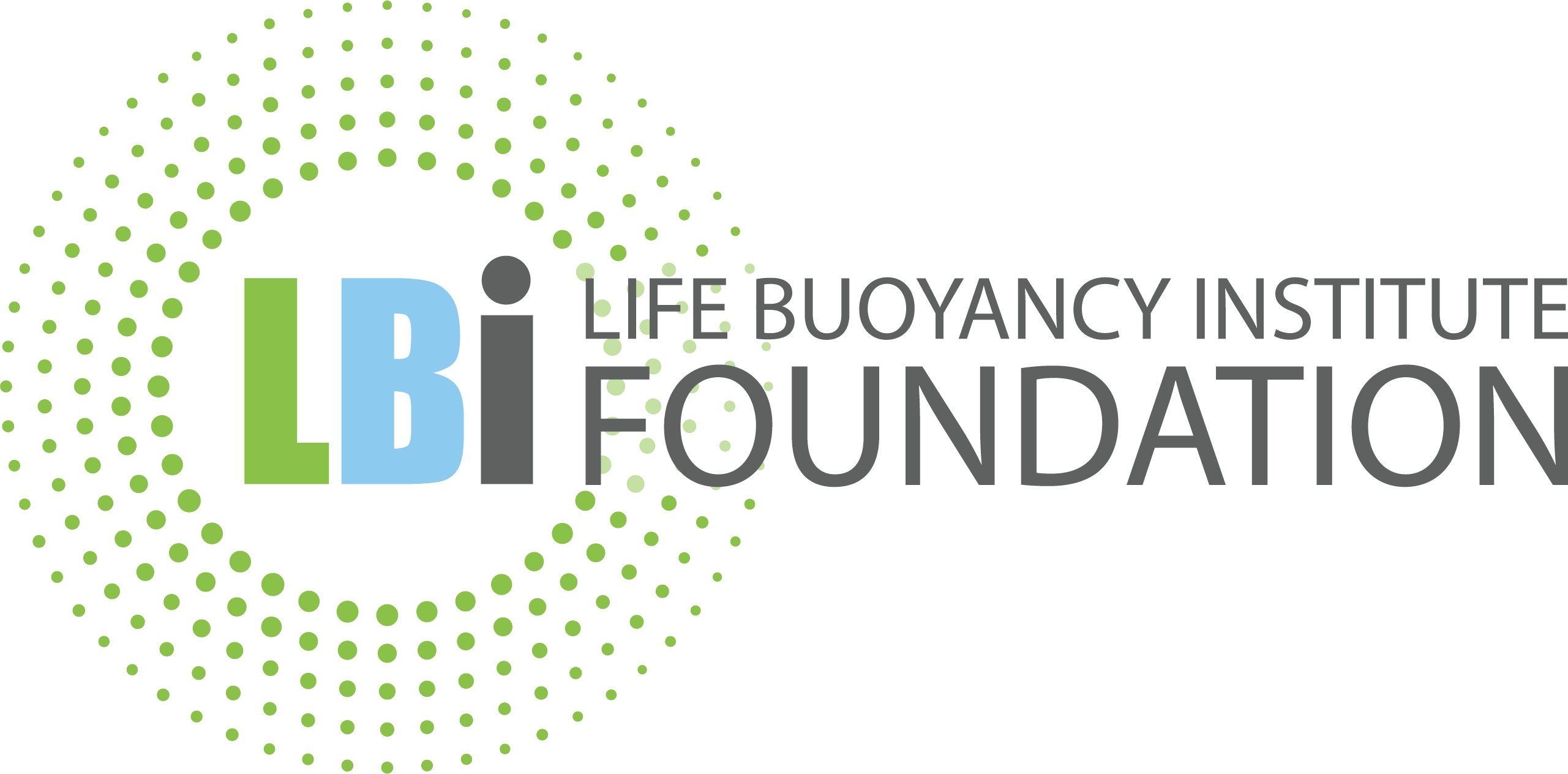Introducing the Article
Intentional Practice: A Common Language, Approach and Set of Methods to Design, Adapt and Implement Contextualised Wellbeing Solutions
Dr Ivan Raymond, LBI Foundation
Reducing the “science-to-practice” gap has gained significant attention across multi-disciplinary settings, including school psychology and student wellbeing, trauma-informed practice, community and human services, and clinically focused health care. There has been increasing calls for complexity and contextualisation to be integrated within the implementation science literature.
This includes the design and implementation of interventions spanning “systems” (whole-of-community capacity building initiatives), “programs” (e.g., evidence-based programs, clinical interventions) and “moment-to-moment” support or care. The latter includes responses and communication designed to deliver specific learning, growth or wellbeing outcomes, as personalised to an individual’s presenting needs and context (e.g., trauma-informed practice).
Collectively, this paper refers to these interventions as “wellbeing solutions”.
While the implementation science literature offers a range of theories, models and approaches to reduce the science-to-practice gap in wellbeing solution design and implementation, they do not operationalise interventions into the “moment”, in a manner that honours both complexity and contextualisation.
Furthermore, the literature’s language and content is largely targeted towards scientific or professional audiences.
This article:
- Makes the argument that both best-practice science, and the frameworks that underpin their implementation, need to be “sticky”, practical and visible for both scientific and non-scientific knowledge users.
- Introduces “intentional practice” as a common language, approach and set of methods, founded upon non-scientific language, to guide the design, adaptation and implementation of both simple and complex wellbeing solutions.
- Offers a bridge between scientists and knowledge users in the translation, refinement and contextualisation of interventions designed to deliver clinical, wellbeing, growth, therapeutic and behavioural outcomes.
- Provides a definitional, contextual and applied overview of intentional practice, including its purported application across educational, wellbeing, cross-cultural, clinical, therapeutic, programmatic and community capacity building contexts.
Reference:
Raymond IJ (2023) Intentional practice: a common language, approach and set of methods to design, adapt and implement contextualised wellbeing solutions. Front. Health Serv. 3:963029. doi: 10.3389/frhs.2023.963029
For further information, please click here.
New Articles
- Wellbeing Responsive Community: A Growth Target for Intentional Mental Health Promotion
- Intentional Practice: A Common Language, Approach and Set of Methods
- Strengthening the Implementation of Trauma Science
- Intentionally Designed and Delivered Grassroots Social-Emotional Learning Programs
- Resilient Futures: An Individual and System Level Approach For Building Youth Resilience
Categories
Key Messages
Significance of the Article
- This paper offers broader understandings of the multi-levelled nature of interventions, as operationalised from the system, programmatic and moment-to-moment levels.
- The paper offers support for the integration of the complexity and implementation science literatures and the role of “context” to understand the degree best-practice science becomes “sticky” in application.
- At the most practical level, the paper has introduced “intentional practice” as a common language, approach, and set of methods that is purported to support the design, adaption and implementation of wellbeing solutions (from the “system” to the “moment”).
- This is a foundational article for leaders and programmers who are interested in drawing upon intentional practice logic modelling to design and implement (1) whole-of-school wellbeing frameworks, (2) therapeutic or trauma-informed program models and (3) complex programs that bring focus to wellbeing and behavioural outcomes.
Further Information
For further information on this article, please contact Dr Ivan Raymond on ivan.raymond@lbi.org.au








